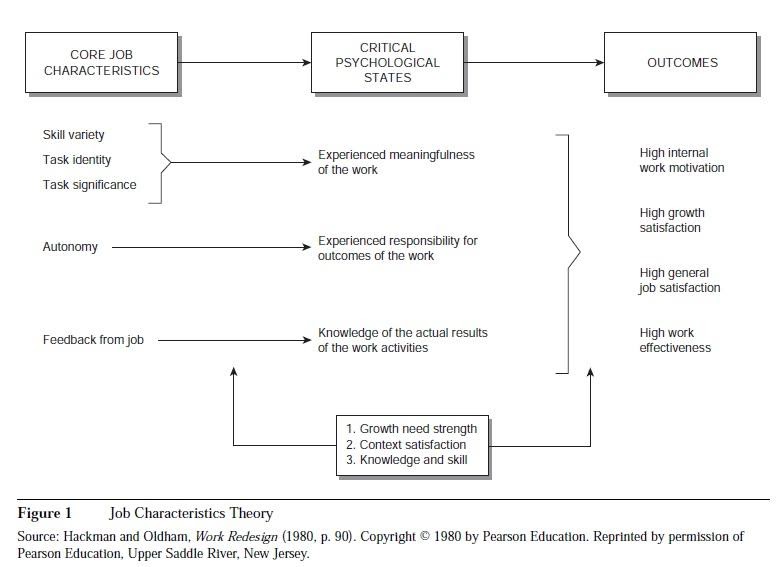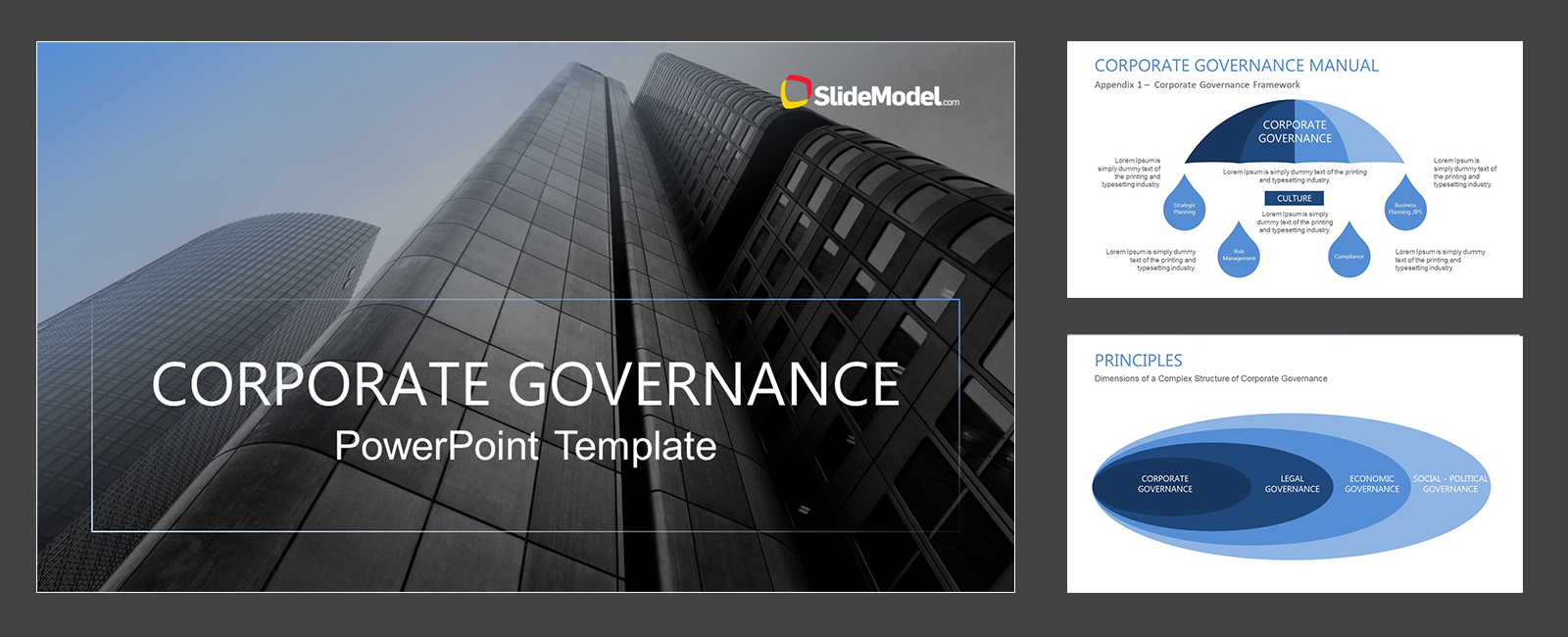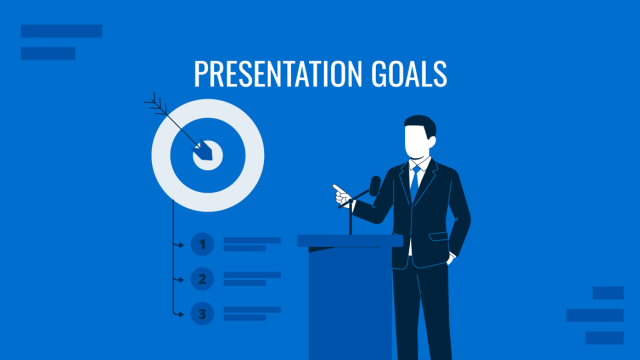
Highly motivated and engaged employees equal corporate success. But how do you constantly keep your people driven around the common purpose? You create an environment where the employees’ motivation to do their best job comes from within them. In other words, you try to foster intrinsic motivation.
- What is Intrinsic Motivation?
- Intrinsic vs Extrinsic Motivation: What’s The Difference?
- What Drives Intrinsic Motivation in the Workplace?
- 5 Ways to Improve Intrinsic Motivation in the Workplace
- To Conclude
What is Intrinsic Motivation?
The American Psychological Association offers the following intrinsic motivation definition:
Intrinsic motivation stands for an incentive to engage in a specific activity that derives from pleasure in the activity itself (e.g., a genuine interest in a subject studied) rather than because of any external benefits that might be obtained (e.g., money, course credits).
In short, intrinsic behavior is prompted by our internal desires to learn, explore, and actualize our potentials in our day-to-day lives. For example, most of our hobbies, artistic pursuits, and passion projects are driven by internal motivations. In the book, Big Magic, Elizabeth Gilbert describes such intrinsic motives as “fascinations, obsessions, and compulsions”, that “cause a revolution in your heart”.
In short, intrinsic motivation prompts us to lead more fulfilled, meaningful lives and pursue different activities that we find emotionally satisfying. Apart from driving our creative pursuits, this type of motivation also drives our social and work-related behaviors.
Here are several quick intrinsic motivation examples at the workplace:
- An employee starts a weekly yoga class because they are a passionate teacher.
- A senior leader volunteers to mentor a cohort of recent graduates.
- Department head home-cooks a festive dinner for the team.
When you ask such people why they choose to do that (when no one asked them to), you’d likely hear something along the lines of ‘because I enjoy doing X’ or ‘because it’s fun’.
The above may sound surprising to people who are mostly driven by extrinsic rewards — external validation and/or tangible rewards.
Intrinsic vs Extrinsic Motivation: What’s The Difference?
Motivation physiology recognizes extrinsic motivation as behaviors, prompted by a promise of some external reward such as praise, financial gains, or recognition.

At the workplace, extrinsic motivators can stand for “any type of reward, promised for doing the work and/or anything a person obtained as a result of doing the work”.
Traditionally, extrinsic motivation is placed in the core of most employee engagement strategies such as performance bonuses, “employee of the month” programs, company leadership boards, cross-department competitions, and so on.
While extrinsic motivators and rewards can drive better team performance, over-usage of such methods can have negative consequences. The corporate culture becomes overly competitive, people work for the sake of getting recognized, rather than achieving meaningful outcomes, and eventually, the unhealthy competition can build up to burnout.
In scientific terms, the overreliance on extrinsic motivation often leads to the “overjustification effect” — a point where people stop doing things for the sake of pleasure and only pursue reward-driven actions. And, the more they get rewarded for actions they already find intrinsically rewarding, the less they are motivated to pursue them when there’s no reward offered.
For example, a volunteer yoga teacher might be happy to provide a free class two times per month. But if someone starts paying them for the said classes, they eventually may want to quit hosting them because it no longer feels as good and rewarding.
Interestingly, a 2020 study of new workforce entrants also found that during the early months of employment extrinsic rewards didn’t positively affect job engagement rates. On the contrary, intrinsic motivation was the main driving force among the new hires and it continued to have a positive impact on job engagement over the long term:

Source: Research Gate
What Drives Intrinsic Motivation in the Workplace?
People are complex creatures. No single theory of motivation can fully explain why we do certain things and procrastinate on others.
But when it comes to intrinsic motivation in the workplace, the Job Characteristics Theory (JCT), developed by Hackman and Oldham, has come pretty close to deciphering what factors prompt us to be more engaged and motivated in work.

Source: Work Redesign and the Job Characteristics Model: A Longitudinal field study
According to the JCT theory, there are three main factors, affecting our performance in positive or negative ways:
- Skill variety — the degree to which a job allows to exercise different skillsets and perform a wide range of tasks.
- Task identity — the degree to which a person can see how their daily actions contribute to the final outcomes.
- Task significance — the degree to which a person can gauge how their work results in some meaningful impact.
These three factors are further amplified or reduced by:
- Autonomy — the employee’s ability to independently determine their work plans and priorities.
- Feedback — the employee’s understanding of the results, based on either self-assessment or managerial feedback.
This motivation theory suggests that to improve intrinsic motivation, leaders should optimize the last two factors — Autonomy and Feedback — in a way that positively impacts task significance, identity, and variety.
5 Ways to Improve Intrinsic Motivation in the Workplace
Based on the aforementioned intrinsic motivation theory, employees do their best work when they feel that their work is meaningful, diverse, and appreciated. Let’s take a closer look at how you can design workplace policies around intrinsic rewards, rather than extrinsic factors only.
1. Address Micromanagement Tendencies
As we wrote before, micromanagement behaviors should be identified and addressed early on. Because as much as 73% of employees admit that micromanagement undermines their ability to do their job well, makes them miserable, and ultimately — disengaged.
Thus, schedule some talks with the known ‘offenders’. Explain how they should address their micromanagement tendencies. Some managers may not be fully aware that their ‘check-ins’ are perceived as ‘nagging’ by others. Introduce them to alternative leadership styles and schedule extra training/coaching if needed. Micromanagers won’t ditch their controlling belief system overnight, so, in some cases, you’d need to provide them with constant feedback and supervise their behavior.
Helpful template: Manager vs Leader PowerPoint Template
2. Introduce More Individual Accountability
A top-down approach to giving directions doesn’t help your teams become more independent. On the contrary, they may start feeling like school children again. To foster intrinsically-driven behaviors, you must let your people find their own way of direction.
According to Gallup, a good way to foster a culture of accountability is based around the following principles:
- Every manager understands the overall organizational goals and a key mission of their department.
- They are available to pass down that information to their subordinates and distill the overall company vision into short- and long-term goals.
- Each employee understands what they are accountable for, plus has a set of measurable goals and KPIs, aligned with their role.
- Ideally, each employee also has a set of metrics that help them understand how their actions contribute to the company’s goals.
- The leadership consistently communicates how everyone’s actions contribute to shared successes and celebrate both individual and group accomplishments.
Helpful template: Accountability Ladder PowerPoint Template
3. Improve Feedback Loops Within Your Company
Gallup further emphasizes that only 47% of employees received some feedback from their manager and just 26% agree that the provided feedback was helpful for them. Clearly, these figures are problematic as regular feedback is key to amplifying both types of motivation — intrinsic and extrinsic. On the other hand, companies should also get feedback based on number in which case tracking the eNPS score can help identify any satisfaction issues.

Annual performance reviews are a good starting point. But there are other types of meetings that can promote performance analysis and constructive feedback exchanges. These include:
- Retrospectives
- After action reviews
- 3- and 6-months onboarding meetings
- Weekly peer-to-peer feedback group sessions
Read more: How to use 360 feedback in your organization.
4. Diversify Tasks
Boredom is a major productivity killer. When anyone feels that they are constantly engaged in menial, repetitive work, they are unlikely to find internal motivators for doing it better. So consider remixing your team’s repertoire a little bit.
For example, some progressive companies now favor cross-functional teams, over traditional setups. This organizational structure encourages leaders to create units, staffed with people of different backgrounds and business verticals, jointly working on a shared goal. For example, a cross-functional team for a marketing project could include a Product Owner, several marketers, a web designer, a data scientist, and a developer.
Doing so helps improve overall involvement in the project, increase group and personal accountability, and promotes upskilling as people from different verticals exchange knowledge. In addition, cross-functional teams usually have a more diverse perspective on operational matters. The latter can be especially beneficial. According to a recent study, conducted among European executives, one in two leaders believes that there’s a strong correlation between diversity and the organization’s ability to innovate.
Helpful template: Diversity and Inclusion PowerPoint Template
5. Get More Transparent
Just like accountability and feedback, acknowledgment from leadership is a significant driver of intrinsic behaviors. When people clearly understand how their actions contribute to a certain big outcome and get appreciated for their input, they are far more inclined to do their best work without expecting any tangible rewards in return.
However, big organizations often fall short in that department and tend to boast accomplishments during meetings with stakeholders and in corporate reports. This should be addressed.
Get more intentional with acknowledging your employees’ actions and performance. In particular, you should provide more transparency into the company’s inner works and progress towards various goals.
Unilever, for example, publicly reports on its progress to offsetting carbon footprint. HubSpot has a culture of ‘radical transparency’. Their management shares all the information they are legally allowed to on the corporate wiki including data about financial performance, management meetings, and board decks. Such an ‘open door’ policy helps the leadership stay more accountable over their decisions and defend them in front of employees who don’t understand and/or agree with them.
From an employee perspective, such unrestricted access to data seeds better awareness regarding the company’s priorities and let’s better understand why certain goals matter and how their actions contribute to them.
Helpful template: Corporate Governance PowerPoint Template
To Conclude
Both intrinsic and extrinsic motivation have their merit in terms of effectiveness. But extrinsic factors often tend to ‘wear off’ their effectiveness over time if leveraged too often. On the other hand, intrinsic motivation can help maintain higher levels of content among your workforce for longer. Yet, getting it right requires implementing a wider range of cultural and organizational shifts.



